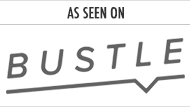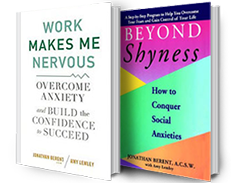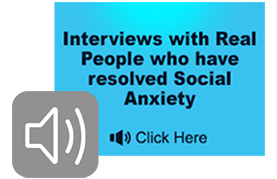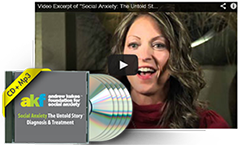The Perfect Storm of Anxiety Builds Momentum in the Educational System
Although anxiety disorders are the most common mental illnesses in the United States most suffers do not receive help. This is because an anxiety disorder is the quintessential disease of resistance; especially social anxiety which is the largest subset. This resistance is due to the fact that most afflicted are ruled by embarrassment and shame and remain avoidant. The result is that the mental health profession has struggled to provide productive treatment strategies.
Conservative estimates put the figure at 18.1% of the population
School phobia, social anxiety, selective mutism, public speaking anxiety, panic attacks, and performance anxiety are some of the anxiety problems that students will bring into the classroom this school year, where schools are essentially clueless as to how to help. This is due to the complexity of the anxiety disorder spectrum.
Here’s an example. Selective Mutism which is a complex form of obsessive compulsive disorder is in essence a speaking phobia. Approximately 7 out of 1000 children are impacted. There is very little help worldwide. Public schools are mandated to legally accommodate this “disability”. However; the process of accommodating academically often inhibits the mental health of the child. It’s complex.
Berent says “the most common thing I’ve heard from thousands of patients of all ages is “I have nothing to say or I don’t know what to say. Society’s obsessive and compulsive technology dependence is inhibiting the neuroplasticity required for the social skill of verbal conversation. In essence it’s an epidemic of selective mutism on the rise”. Consider the fact:
Texting has replaced talking as the most common form of communication.
In a recent article “My patient said I understand why kids shoot up schools” Berent describes the psycho-dynamics of the school shooter. It’s worth noting that the majority of perpetrators experienced challenged social skills. Many have been described as noticeably or abnormally quiet.
The most common anxiety in the world is fear of public speaking. Many of Berent’s patients have traced the roots of this insidious problem back to school settings where the emotions of shame and embarrassment were raw. Closely associated with public speaking, in both formal and informal settings, is the fear of being noticeably nervous. This can manifest as erythrophobia (fear of blushing), hyper-hidrosis (sweating), panic attacks, and verbal freezing or stammering.
The fear of being noticeably nervous can create unbearable emotional pain for many. This pain often evolves into situational avoidance which is a phobia. Substance dependence and depressions are significantly co-morbid. Suicide is on the rise. In general the mental health profession has been remiss in understanding the depth of emotional pain associated with anxiety disorders.
Many children and adolescents experience school phobia. This is a combination of an anxiety breakdown and dysfunctional parenting. Finding a school- based program to help with this common disorder is next to impossibility.
Anxiety disorders, technology overdependence, and “FOMO” (fear of missing out, associated with social media over-dependence) mixed in with evolving hyper-vigilance associated with the school shooting epidemic create the perfect storm for our schools. Berent believes that while the schools are breeding grounds for anxiety disorders there is great potential for prevention if anxiety and stress management courses were integrated into the curriculum. He adds “anxiety disorders are evolving at a rapid pace due to society’s blueprint for increased performance and productivity”.
Jonathan Berent, L.C.S.W. author of “Beyond Shyness” (Simon & Schuster), “Work Makes Me Nervous” (Wiley), and “Social Anxiety: The Untold Story” (AKFSA). Berent’s extensive work and unmatched clinical success is evidenced in his clinical library and dates back to 1978 He is available to the media as an expert on social anxiety and related disorders.




